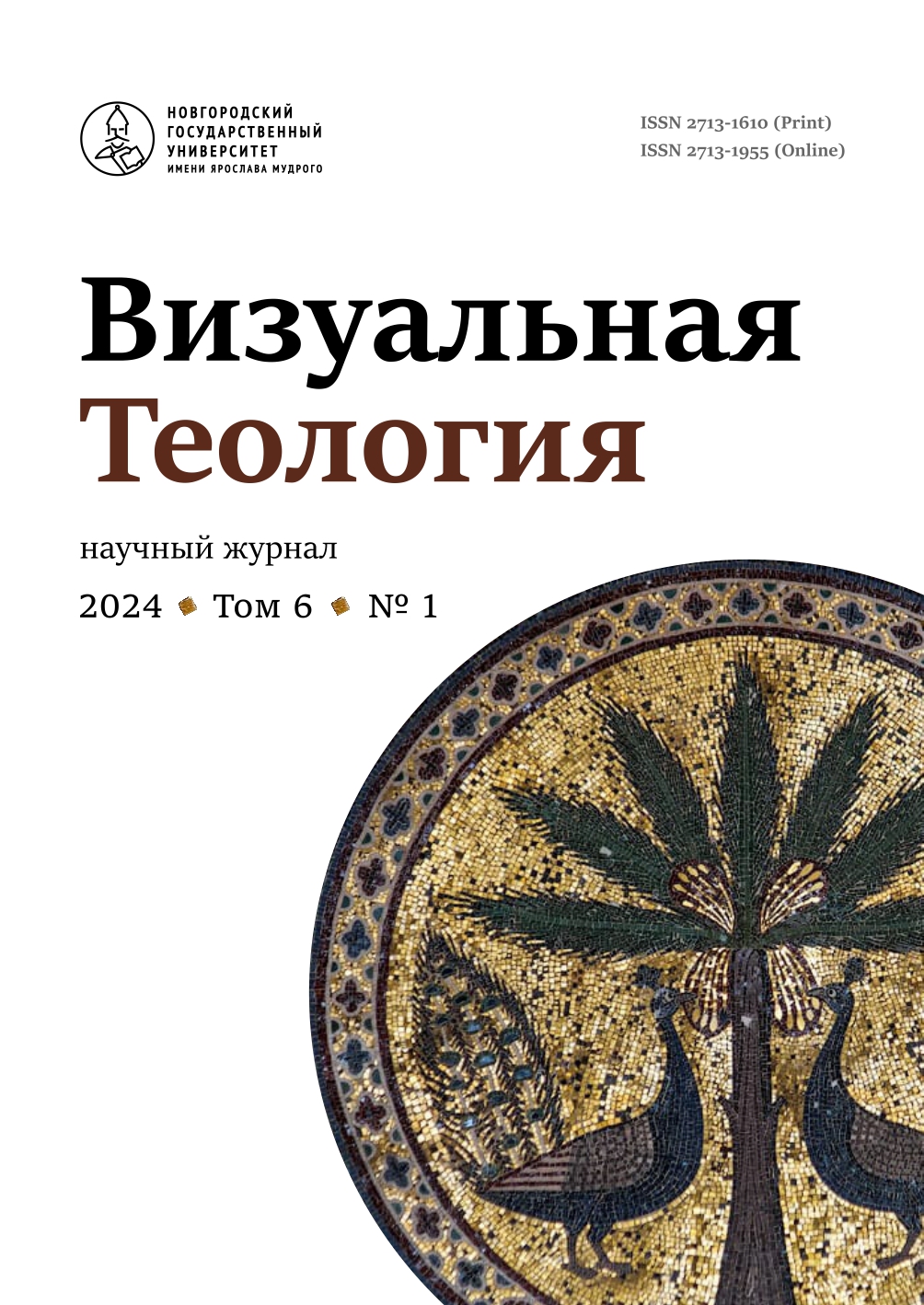Visual Theology of Oikonomia
Abstract
The concept of oikonomia, which brings together cosmology, anthropology and jurisprudence is characteristic of iconic culture in the Byzantine tradition. Drawing on the political ideas of Leo Strauss and the interpretation of icons in the theories of the visual by Paul Virilio, Jean-Luc Marion, and Marie-Josée Mondzain, we reconstruct the applicability limits of this concept in visual programs. Oikonomia is a principle of legal regulation that converts legal conflicts into economic ones. It helps to understand the world economy as a global system that has an eschatological dimension. The oikonomia of salvation, with its dogmatic meaning, is realized in practical life and in practical mind as a professionalization of economy in a broad sense. In the structure of oikonomia, the distinction between theoretical and practical reason is ultimately fulfilled, so that the concept should be understood not as a mode of adaptation to the current situation, but as a symbiosis in the sense of Graham Harman’s Immaterialism. Therefore, we can say that oikonomia constitutes an alternative to Protestant ethics, and regularizes the elaboration of iconic forms as teleological, building an architecture of designs and their realizations. This kind of approach to oikonomia encourages us to adopt a new viewpoint on the achievements of Russian religious thought: to see it not as a dogmatic creativity but as a requisite ethical reflection or practical eschatology. The iconic can then be described not as a balance of representation and solemn construction, as it is usually done when specific visual techniques of icon-making are presented, that is as a necessary solemn liturgical entrance of the heavenly into the earthly. Another, equally consistent description is possible, a balance of solemn politics and eschatological sincerity, where politics represents its own self, while sincerity appears as an aspect of solemn appeal and an implementation of higher-level plans in relation to aesthetic and ethical decisions. This will explain the development of the icon in Modern era and show how various practical interpretations of oikonomia can be applied non-discursively, but only within the manifestation of eschatological experience.



